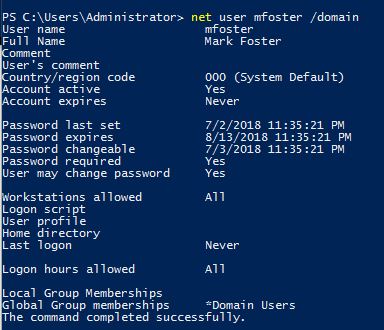Solution to a common Office 365 & Exchange Resource Mailbox Issue
In Office 365 & Microsoft Exchange, by default, your resource mailbox won’t show your Meeting Subject. Instead, it replaces this with your organizer’s name. This occurs for privacy reasons, but it’s only the default. Most organizations opt to see meeting subjects instead.

Consider the following:
- A Resource mailbox is configured to AutoAccept in an Microsoft Exchange Server or Office 365 environment.
- You send a meeting request to the Resource mailbox.
- The meeting request is accepted automatically, and the meeting subject is displayed correctly in the organizer’s mailbox.
In this scenario, when you log on to the Resource mailbox, you see that the meeting subject is replaced with the organizer’s name.
Continue reading “Issue: Display shows organizer’s name instead of subject”





